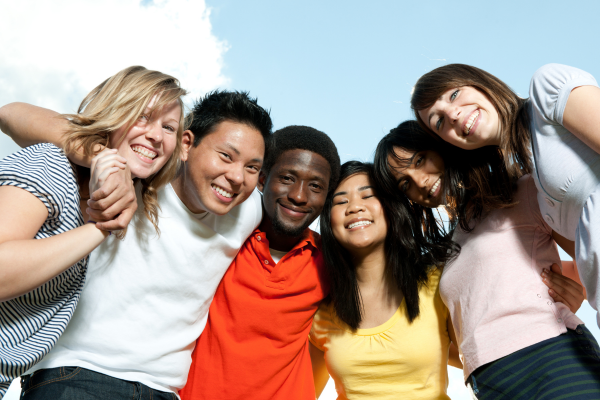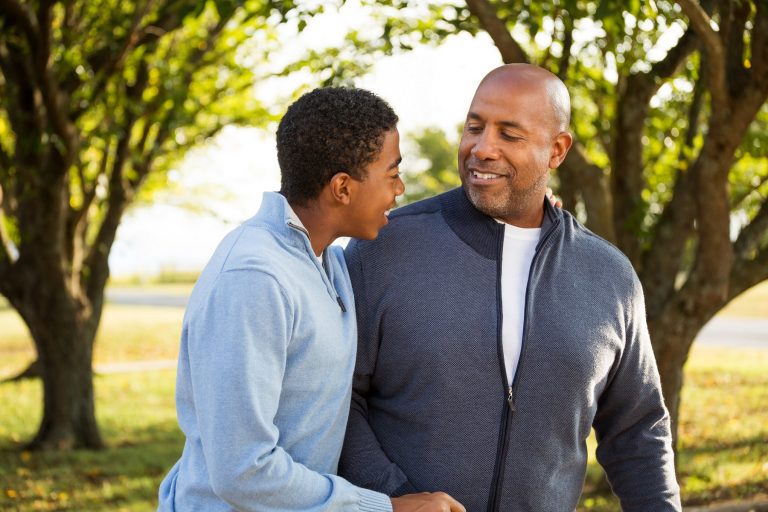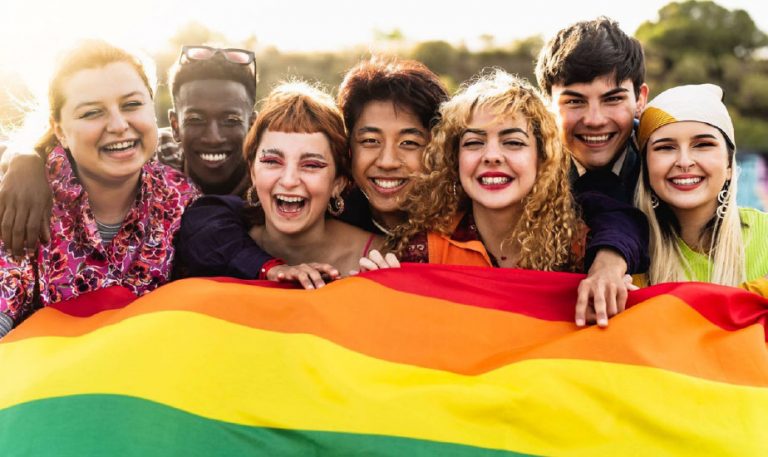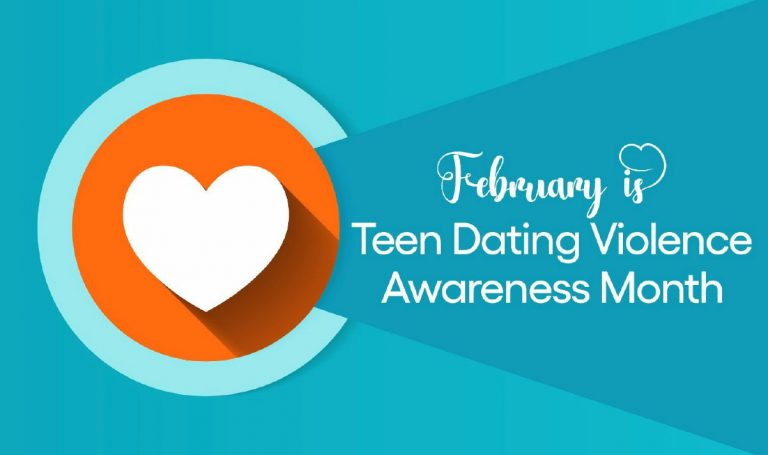Know! that Body Image Matters
Summer is in full swing, and with summer comes messaging about appearance and being “beach body” ready. For young people and adults alike, this kind of messaging can be harmful and lead to unhealthy body image.
Body image is a person’s “thoughts, perceptions, and attitudes about their physical appearance.”1 Healthy body image is seeing your body as it is and acknowledging that physical appearance has little to do with one’s character or value. Unhealthy body image, however, involves a distorted perception of one’s body and shame, anxiety, and self-consciousness about physical appearance.
Unhealthy body image in young people can lead to feelings of depression, isolation, low self-esteem, anxiety, anger, and eating disorders.1,2
Various factors influence body image. Luckily, as a caring adult, you can start a conversation about body image with the young people in your life and help them develop a positive, healthy body image.
Six tips for helping young people develop a positive body image
- Practice active listening
Body image can be a sensitive topic. If a young person shares their feelings about their body with you, show up for them by practicing active listening. Pay attention to their concerns and reassure them that having difficult emotions about their body is okay. Use open body language to show that you are interested in what they have to say. When they’ve finished their thoughts, try repeating back a summary of how they feel in your own words. Doing so allows them to clarify anything and shows that you are trying to understand their point of view.2 - Model positive behaviors and language
Family and school environments influence young people’s body image. By modeling positive behaviors around body image, caring adults can make it easier for young people to feel good about themselves. Start by reflecting on your attitudes, beliefs, biases, and behaviors about body image. Identify what healthy and unhealthy attitudes you hold and work to change the unhealthy attitudes in your daily life. Some easy ways to start modeling positive behaviors include:- Avoid commenting about the appearance of others and your own bodies. In the summer especially, avoid communicating the idea that you cannot swim, wear shorts, or engage in other summer activities because of the way you look;
- Make healthy eating and physical activity part of your daily life;
- Appreciate your body and yourself for characteristics unrelated to appearance; and
- Push back against any teasing or bullying related to weight or physical appearance.1,2
- Build self-esteem
Show the young people in your life that you value and love them unconditionally. Praise them for who they are and what they can do. Help them develop healthy habits that make them feel good, like exercising in a way that they enjoy, wearing clothes that make them feel good about themselves, and surrounding themselves with people who support them. Help them recognize that their worth is not based on their appearance.1,2,3 - Encourage critical thinking about social media
Young people spend a lot of time online and on social media. Highly edited images, deepfakes, and AI-generated content can create unrealistic body standards. It can be hard for young people to differentiate between real and fake online. Start an open conversation with young people about how some images on social media are digitally manipulated and encourage them to recognize that these images do not reflect real life. Talk with young people about the pressures they see, hear, and feel from social media about their bodies and what they can do to make themselves feel good despite these pressures.1,2,4 - Talk about different bodies and how bodies change
As children experience puberty, their bodies change, and often, so does their body image. Ensure that young people understand the changes their bodies may undergo and reassure them that these changes are a natural part of growing up. Additionally, remember that developing a healthy body image can be especially difficult for young people whose body type, skin color, or physical disability aren’t often seen in the media or considered “beautiful.” Emphasize that healthy body image includes all types of bodies, even those that don’t fit popular ideals.2,3,5 - Be aware of warning signs
While it is normal for young people to be conscious of their bodies, focusing too much on the body can become unhealthy. Pay attention to the warning signs of unhealthy body image, including:- Criticizing their body (Saying, “I’m too fat,” or “I’m so ugly.”);
- Habitually comparing their body with others;
- Spending a lot of time looking in the mirror or taking photos and looking for changes or imperfections; and
- Not doing activities because of the way they feel about their body.2
Pay attention as well to the warning signs of eating disorders, including: - Refusing typical family meals or skipping meals;
- Withdrawal from friends and activities; and
- Any signs of extreme dieting, bingeing, or purging.1
- If you are concerned about a young person, talk with them about your concerns. If necessary, contact their primary care physician.
Resources
- 10 Steps to Positive Body Image | National Eating Disorders Association
- Body Image & Eating Disorders | National Eating Disorders Association
- Eating Disorder Signs & Symptoms | Learn | NEDA (nationaleatingdisorders.org)
- Active listening with pre-teens & teens | Raising Children Network









